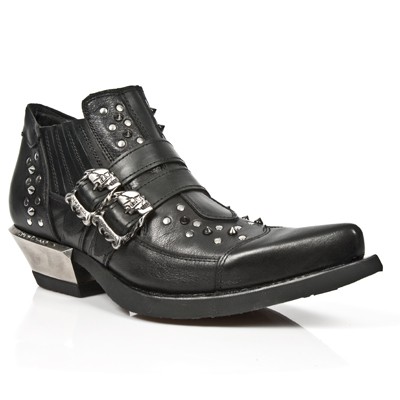Initial Origins: Leather Footwear Emblematic of Loyalty and Tradition
For an extended period, leather footwear has been linked with practicality, resilience, and prestige. During the antiquity and medieval era, leather was prized for its robustness and its foot protection qualities. Leather-crafted footwear adorned the attire of the royal family, armed forces, and affluent, representing their authority, affluence, and adherence to cultural customs and social rankings.
During the Middle Ages and Renaissance, leather footwear was frequently handcrafted, characterized by their simple but sophisticated patterns. Wealthy households frequently donned elaborately crafted leather footwear, typically in ways that represented their societal rank.
In the 18th and 19th Centuries, while leather shoes grew prevalent in more industrialized Western societies, they still held high status as symbols of status for the elite. In that era, footwear was frequently tailor-made and handstitched, reinforcing its connection to tradition, skilled craftsmanship, and a commitment to family or cultural legacy.
The Transformation: Leather Footwear in The Emergence of the working Class
In the 19th century's Industrial Revolution, the availability of leather shoes to the populace increased, driven by mass production methods such as sewing machinery, enabling larger shoe production volumes. Although linked to robustness and practicality, their use extended beyond the upper echelons.
Leather shoes became a utilitarian emblem for the working class, thereby enhancing the material's cultural relevance. With the intensification of labor unions, political shifts, and societal reforms, the use of leather shoes started signifying the working class's resilience, autonomy, and loyalty to the cause.
20th Century Feather Footwear: The Emergence of Rock and Roll
The 20th century saw significant shifts in fashion and youth culture, particularly after World War II. The cultural revolution of the 1950s, combined with the birth of rock and roll, helped reshape leather shoes from a conservative symbol to a key element in the rebellious counterculture.

1950s – Rock and Roll and the Rebel Look: The rise of leather footwear, especially the legendary brogues, loafers, and boots, was pivotal in the evolving rock and roll movement. During the 1950s, icons such as Elvis Presley and James Dean were instrumental in popularizing the raw, defiant style that became a hallmark of rock and roll. The use of leather jackets and shoes emerged as a symbol of young resistance and autonomy.
1960s – The Mod and Hippie Movements: With the progression of youth culture, their fashion sense also transformed. During the 1960s, the Mod movement adopted sleek, custom-fitted attire with leather footwear such as Chelsea boots, and the Hippie movement similarly adopted leather shoes, though in a more laid-back, bohemian manner. Leather footwear transcended mere utility; it integrated into the ethos of youth movements that defied conventional standards.
1970s – Punk Rock and Anarchy: This movement solidified leather's role as an emblem of defiance. Groups such as the Sex Pistols and The Clash were instrumental in making leather jackets, tight pants, and boots a symbol of youthful defiance. The style focused on defying conventional norms, with leather footwear, especially robust boots such as Dr. Martens, emerging as a key element of this defiant style. These shoes symbolized more than mere fashion; they embodied rebellion and lawlessness, marking a departure from traditional societal standards.
1980s and Beyond – High Fashion and Rockstars: During the 1980s, iconic rock icons such as David Bowie, Michael Jackson, and Guns N' Roses members established leather shoes as a key element in popular fashion. During the 1980s, leather evolved into a luxury fashion item, with designers such as Vivienne Westwood and Jean-Paul Gaultier integrating leather shoes into their line-ups. Leather boots, loafers, and heels emerged as essential items in both the rock and roll scene and daily fashion.
Leather Footwear in the 21st Century: Transitioning from Uprising to Luxury
Presently, leather footwear spans a wide array of designs, ranging from high-end designer boots to informal sneakers. As they persist in embodying the essence of their defiant history in rock culture, high fashion has also welcomed them, evidenced by labels such as Gucci, Prada, and Saint Laurent integrating leather footwear into their assortments. Shifting from a working-class essential to a high-end product serves as evidence of leather's lasting adaptability and cultural importance.
Today's Rock and Roll Impact: Today's shoe designs are still shaped by the rockstar style, with numerous contemporary designers continuing to adopt the daring, cutting-edge styles initiated by rock icons. Leather footwear continues to be essential for both artists and admirers, symbolizing a link
Post time: Dec-26-2024













